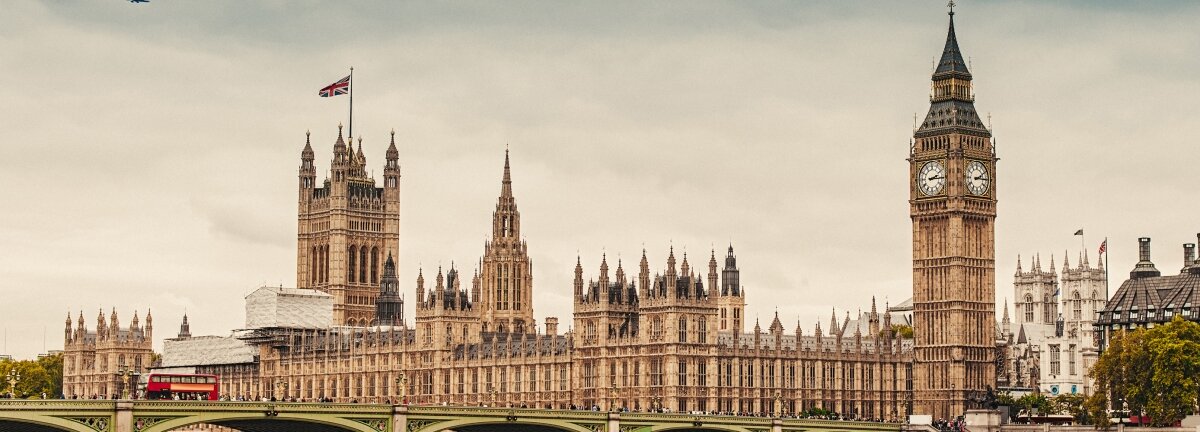Our response to the 2016 autumn statement

The 2016 autumn statement was one of the most anticipated for some time. The announcements by the chancellor on growth, innovation and infrastructure are welcome, including the proposed £23bn investment in innovation and infrastructure over the next five years.
However, against the backdrop of current global uncertainty, it is vital that future industrial policies work to give short-term sustenance to UK industry and simultaneously help it to adapt and thrive.
To have impact policy must cut across traditional boundaries, investing in infrastructure and business incentives.
Designing an industrial strategy that has impact is difficult. Achieving the right balance of policy measures to advance UK business large, small and emerging at pace – in a disruptive world – is one of the biggest challenges facing the UK. It not only needs to connect to the unique offer and needs of current and emerging business but also respond to a global digital age, different localities, workforce and skills. At Monday’s CBI conference, the prime minister highlighted the importance of not only the economic value of getting this right but also the social value. This has long been a core mission of Design Council.
To create the conditions for economic growth, it is right to focus on innovation. Yet how we create the conditions for innovation is much more difficult to quantify. What makes something innovative? How does it impact on productivity and growth? Where and when does innovation happen? Who are the innovators, and what environments will help innovation, people and communities thrive?
We know from evaluating our own work that design-led innovation can be a vital component to business growth, agility and impact. It accelerates productivity, commercial success and drives the ideas and solutions of the future. However, we also know that getting this right is challenging. To have impact policy must cut across traditional boundaries, investing in infrastructure and business incentives whilst also enabling environments needed through skills, localities and better places to facilitate innovation and growth.
Design innovation transforms having a good idea –historically something the UK is very good at it – to having a viable commercial product.
We support the calls for increased funding for universities, research, development and our technology sector but also highlight the importance of design across UK industry at all occupation levels. Design innovation transforms having a good idea – historically something the UK is very good at it – to having a viable commercial product. It connects data and insight to spot new markets, trends and social impact.
As economic forecasts highlight the UK economy faces significant challenges. Yet the scale of the task is not insurmountable. The industrial strategy gives us an opportunity to recognise what it means to be cutting edge and support the UK to achieve it. Design can play a central role.
Good design has always driven prosperity in the UK. It is time to value it, understand it and truly connect it into long-term strategies for growth.
Subscribe to our newsletter
Want to keep up with the latest from the Design Council?
